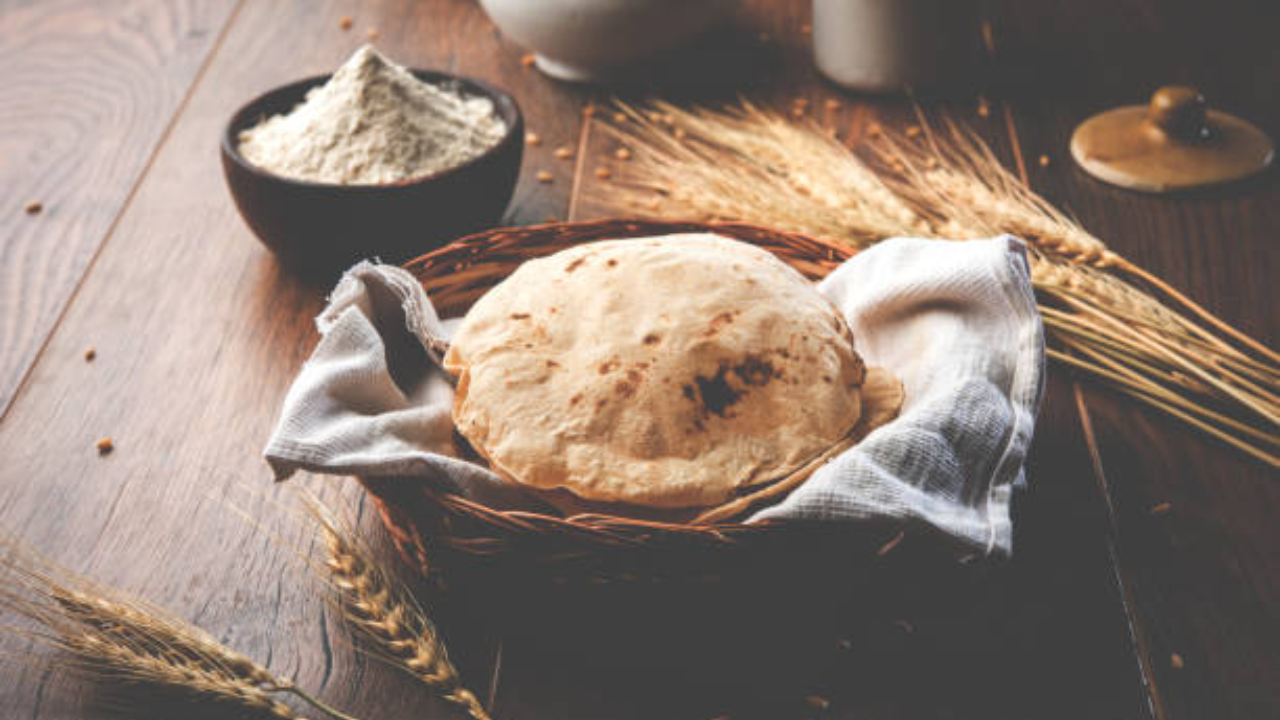
Fermentation gives a nutritional boost to rotis
When roti turns stale, it undergoes a mild fermentation process, even if it’s not as pronounced as traditional fermentation in foods like idli or dosa. This subtle fermentation enhances certain nutrients. Specifically, the starches in the roti break down into simpler sugars. This process increases the availability of resistant starch, a type of dietary fiber that resists digestion in the small intestine. Resistant starch has been linked to various health benefits, including improved gut health, better blood sugar control, and increased satiety. Freshly made rotis, on the other hand, primarily contain digestible starches that are broken down quickly, providing a more immediate but shorter-lasting energy release.The resistant starch present in baasi roti also plays a role in supporting digestive health. This type of fiber acts as a prebiotic, which means it serves as food for beneficial gut bacteria. A healthy gut microbiome is crucial for effective digestion and overall wellness. Fresh rotis, with their higher digestible starch content, may not offer the same prebiotic benefits. By consuming baasi roti, you might be providing your digestive system with additional support, fostering a more balanced and healthy gut environment.
Baasi roti, due to its higher resistant starch content, can promote feelings of fullness more effectively than freshly made rotis. This increased satiety can be beneficial for those looking to manage their weight or control their appetite. The slower digestion and absorption of resistant starch help maintain steady energy levels and reduce hunger pangs, which can contribute to better weight management. Fresh rotis, while nutritious, may not have the same effect on hunger and satiety.
Baasi roti contains iron and zinc
Baasi roti often contains slightly higher levels of certain minerals due to its aging process. The mild fermentation can increase the bioavailability of minerals like iron and zinc. This is because fermentation reduces the presence of phytates—compounds found in whole grains that can inhibit the absorption of minerals. As a result, the minerals in baasi roti become more accessible to the body, potentially offering a nutritional edge over its fresh counterpart. Fresh rotis, though still a good source of these minerals, may not provide the same enhanced absorption.
Homecooked Meals Key to Brain Health, Experts Suggest
The aging process of baasi roti can also lead to an increase in antioxidant activity. When roti becomes stale, certain chemical reactions occur that may enhance its antioxidant properties. Antioxidants help combat oxidative stress in the body, reducing the risk of chronic diseases and promoting overall health. Fresh rotis contain antioxidants too, but the levels might not be as elevated as in their aged counterparts. Thus, baasi roti can offer an extra boost of antioxidants, contributing to a more robust defense against free radicals.
How to use baasi roti?
If you are looking to make the most of baasi roti, here are some tips to incorporate it into your diet:
- Lightly toasting or reheating stale rotis can refresh their texture, making them more palatable.
- Transform baasi roti into flavorful dishes to enjoy its nutritional benefits in new ways.
- Combine baasi roti with vegetables or legumes to boost its nutritional profile and create a balanced meal.





















